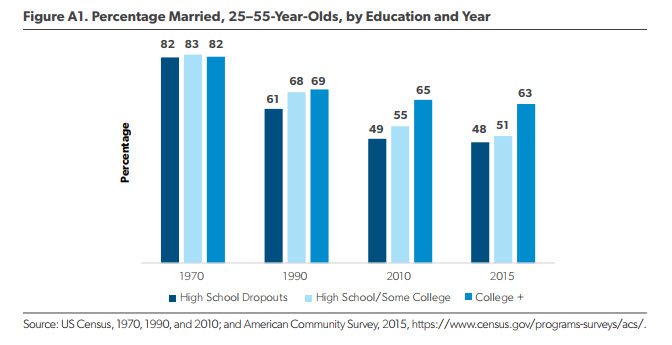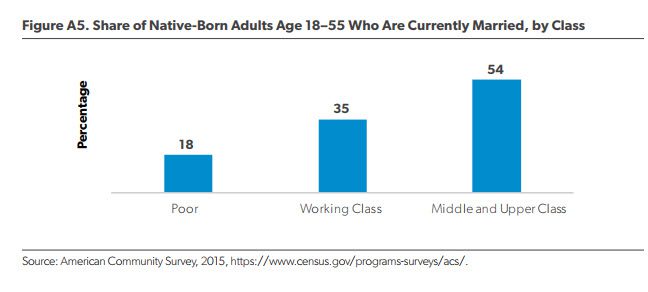Social
Another Record Low:
Will The U.S. Fertility Rate’s
Collapse Ever End?

2018
Total Fertility Rate
1.730
Once again, the CDC has released figures on the fertility rate in the United States. Once again, the figures show an all-time low. In May, the CDC released its provisional 2018 rates, with a total fertility rate of 1.728 births per woman. On Wednesday, the CDC released its final rate, at 1.730, a decline from 1.766 in 2017 and 1.821 in 2016. That puts it at an all-time low, slightly below its 1976 trough of 1.738.
Postponing children in a time of economic uncertainty makes sense, although a study at the Center for Retirement Research attributes the recent decline to a host of other long-term factors, including declines in religious affiliation, the increasing “opportunity cost” as the gap between men’s and women’s wages narrows, and the impact of changing immigration patterns.
At the same time, the demographer Lyman Stone offers an alternate explanation: it’s not about childbearing in isolation but about marriage. Despite the worries about nonmarital childbearing, it is due to the postponement of marriage that Americans are having fewer children. And this isn’t merely speculation - it’s based on the math of differing fertility rates by marital status and changing marriage patterns over time.

Dream-hoarding? Maybe dream-rejecting. Or, Holy Moly, would you look at these marriage statistics?!
It’s now something that’s been observed repeatedly: marriage is increasingly a middle/upper-class status. There are all manner of explanations for this: marriage is a poverty-avoiding tool, so unmarried people are more likely to be poor; poor people have lives which are chaotic enough that they can’t have the sort of healthy relationship that marriage requires; poor men are such screw-ups that women find the idea of marrying them no better than having another child to take care of; poor women would rather get benefits from the government than be married (but might be OK with cohabitating); etc.

The losses that less-educated, lower-income men “have experienced since the 1970s in job stability and real income have rendered them less ‘marriageable.’ ” Stagnant or declining wages for middle- and working class couples impede their ability to afford a home, which is the most valuable financial asset most households own. Couples lacking property may “have fewer reasons to avoid divorce.”
DYI:
Having
a birth rate below replacement social Security and Medicare intergenerational programs
will continue to feel the financial heat with less and less young workers
feeding these programs. What will
eventually happen Congress will move these programs funding from stand alone to
general income taxes. Medicare will have this happen within 3 to 5 years as
their trust fund will be exhausted. This
shortfall from FICA taxes will be made whole from general revenues. The same will happen when Social Security’s
trust funds run out in the year 2034.
Anyone stating these programs are going bankrupt simply doesn’t
understand their funding and most important the political environment as no
politician will vote against these programs.
If he or she did they would be voted out in their next election.
Marriage Class Struggle
What
I find interesting and dismaying at the same time is marriage percentage
divided by class. This social phenomena
of significantly higher percentage marriage middle and upper middle class is further
pressing out the boundaries between the haves and have not's. This is especially true in the higher tier
professions. I haven’t come across any
studies however today so many doctors will marry another doctor. Back in the 1970’s or 80’s they would be
billed as a “power couple.” Today no
such label occurs as this is seen as the norm.
DYI
No comments:
Post a Comment